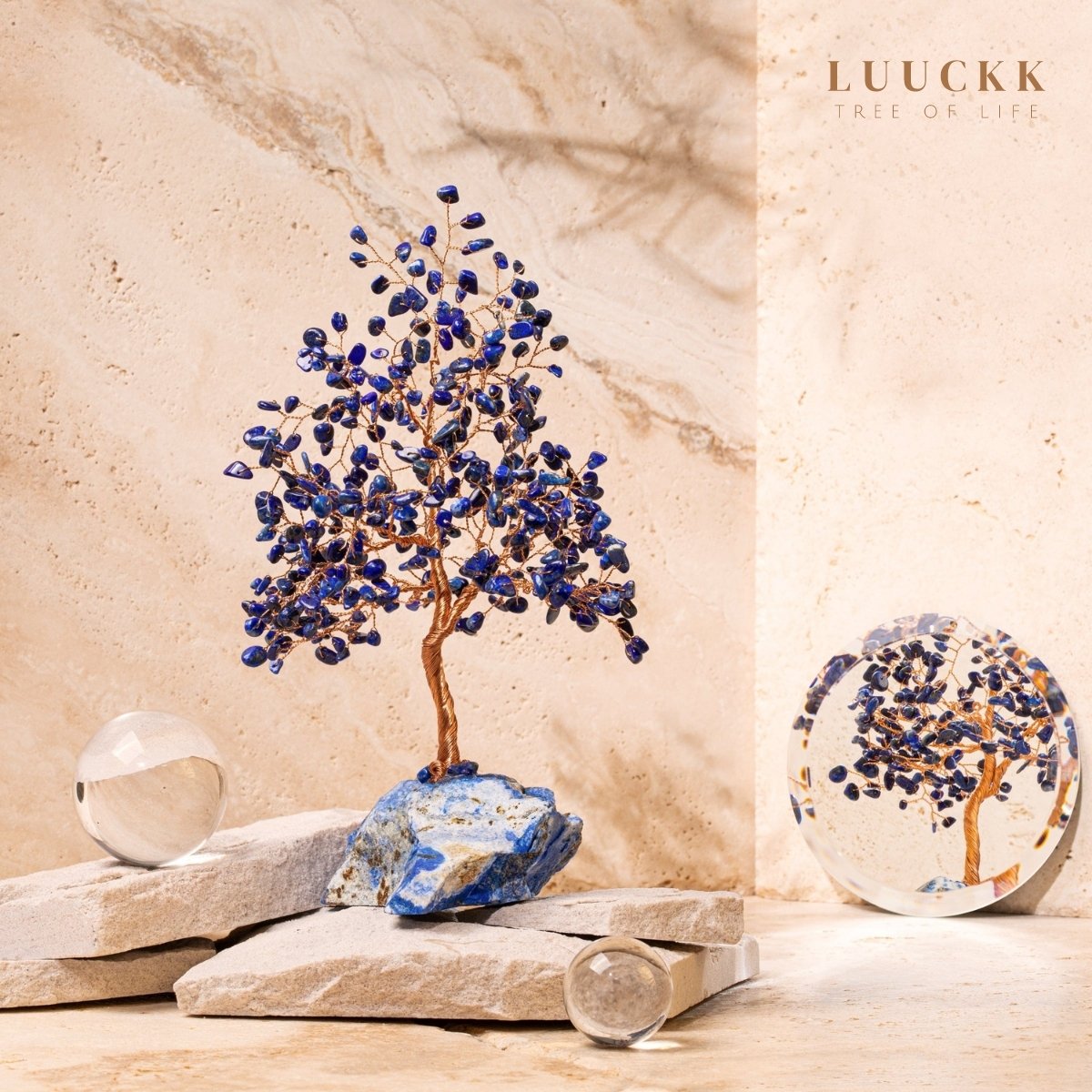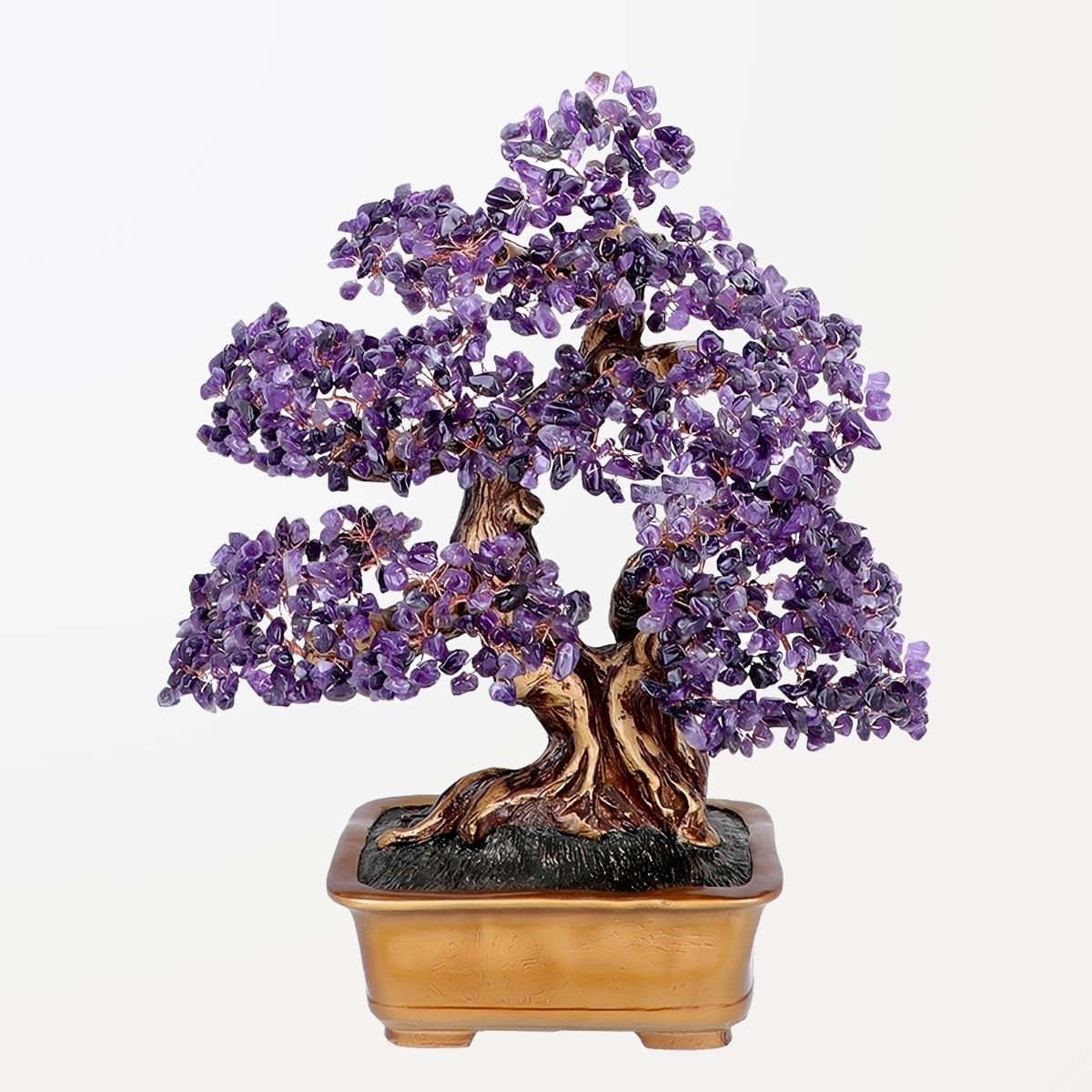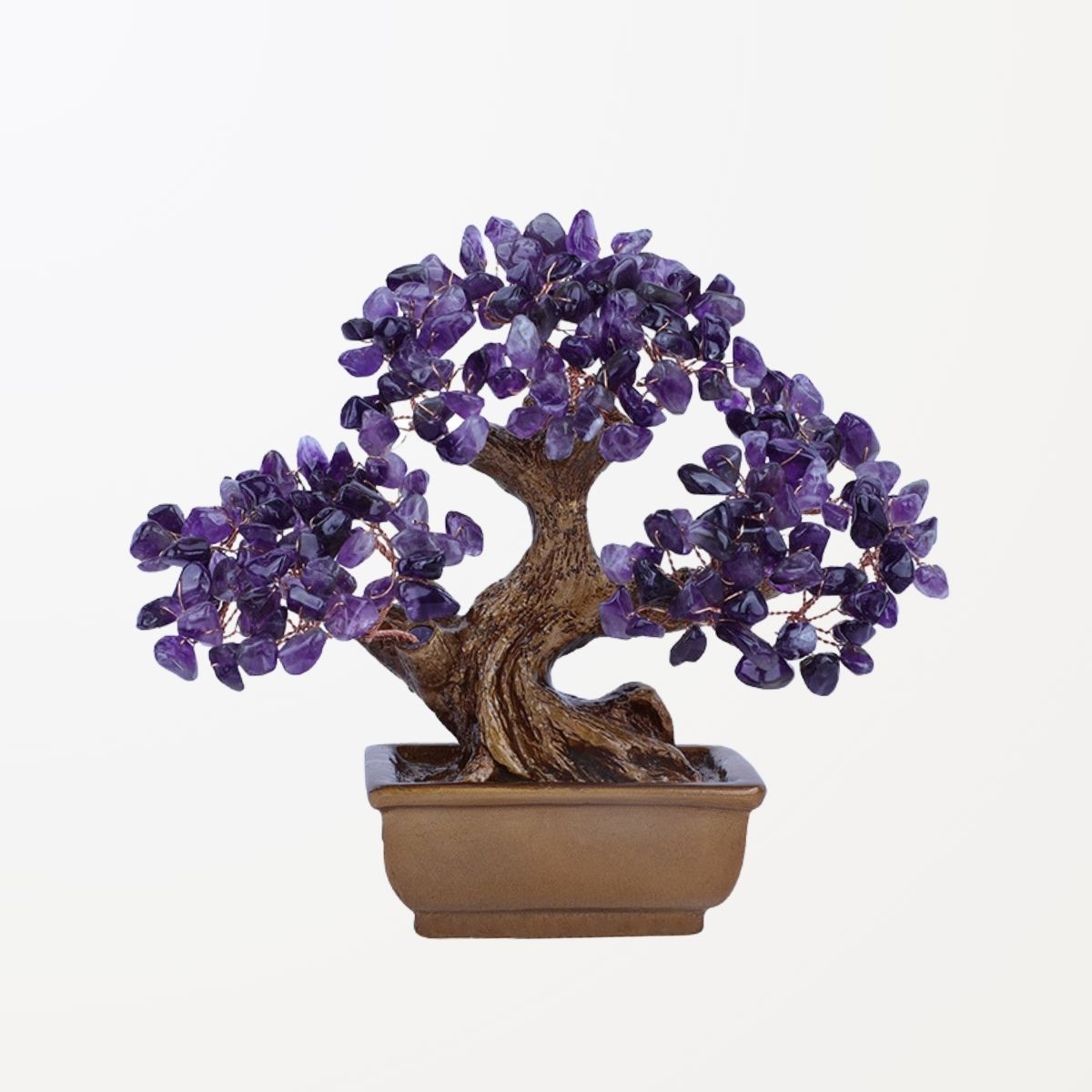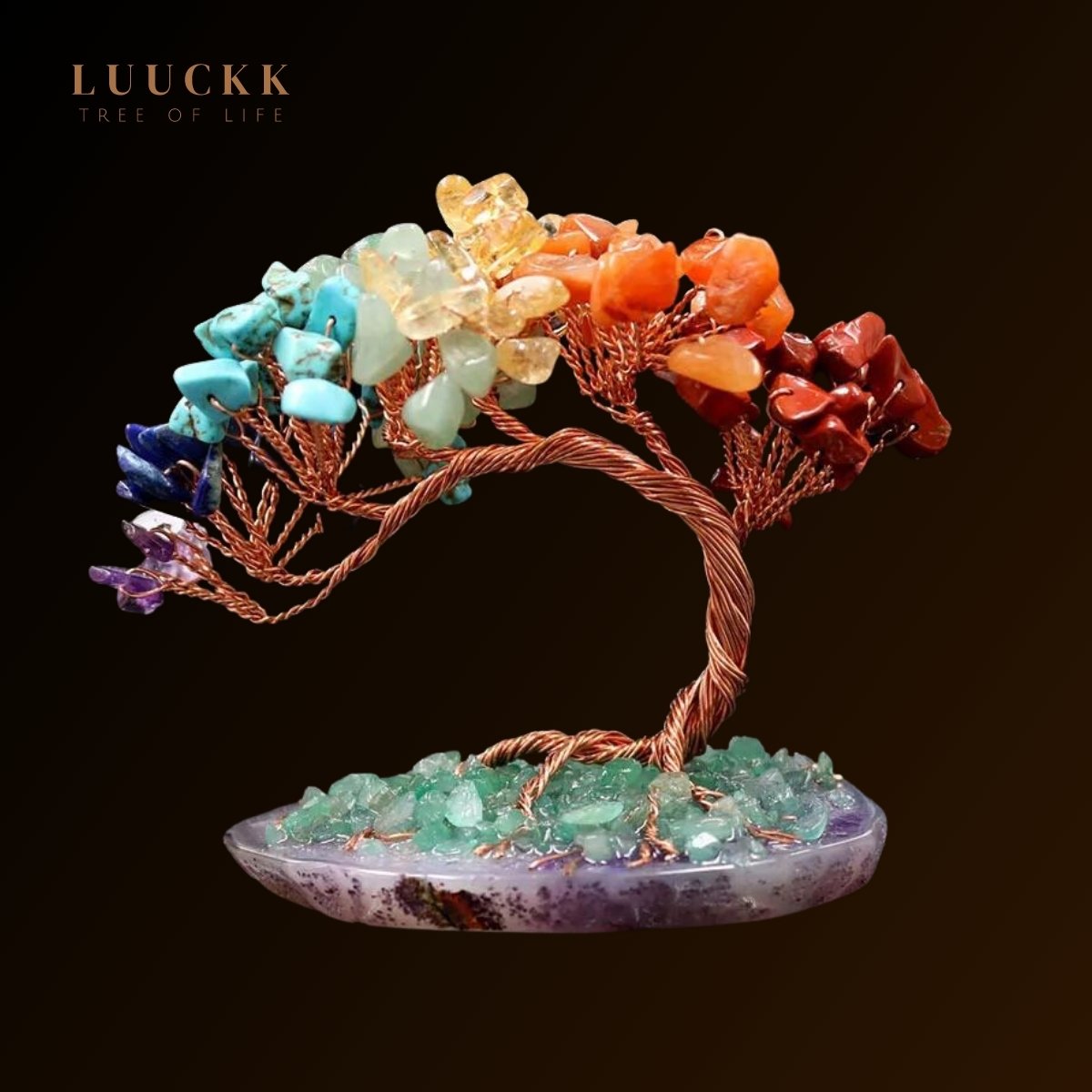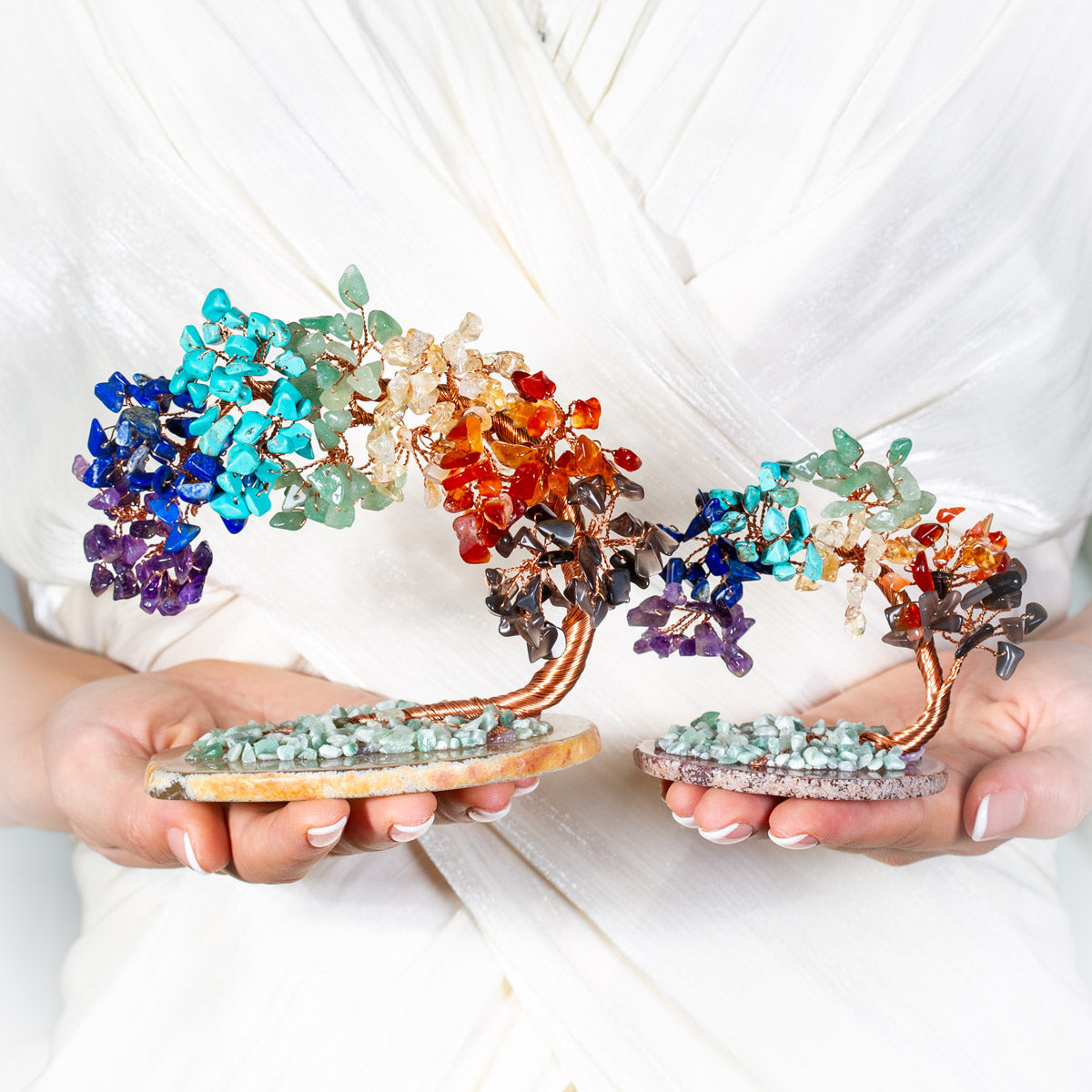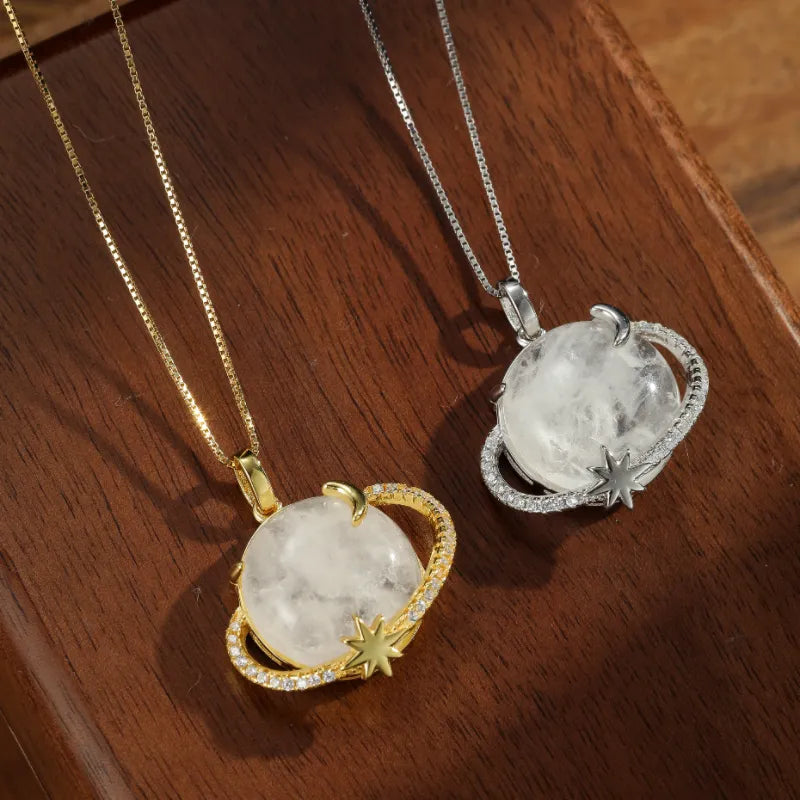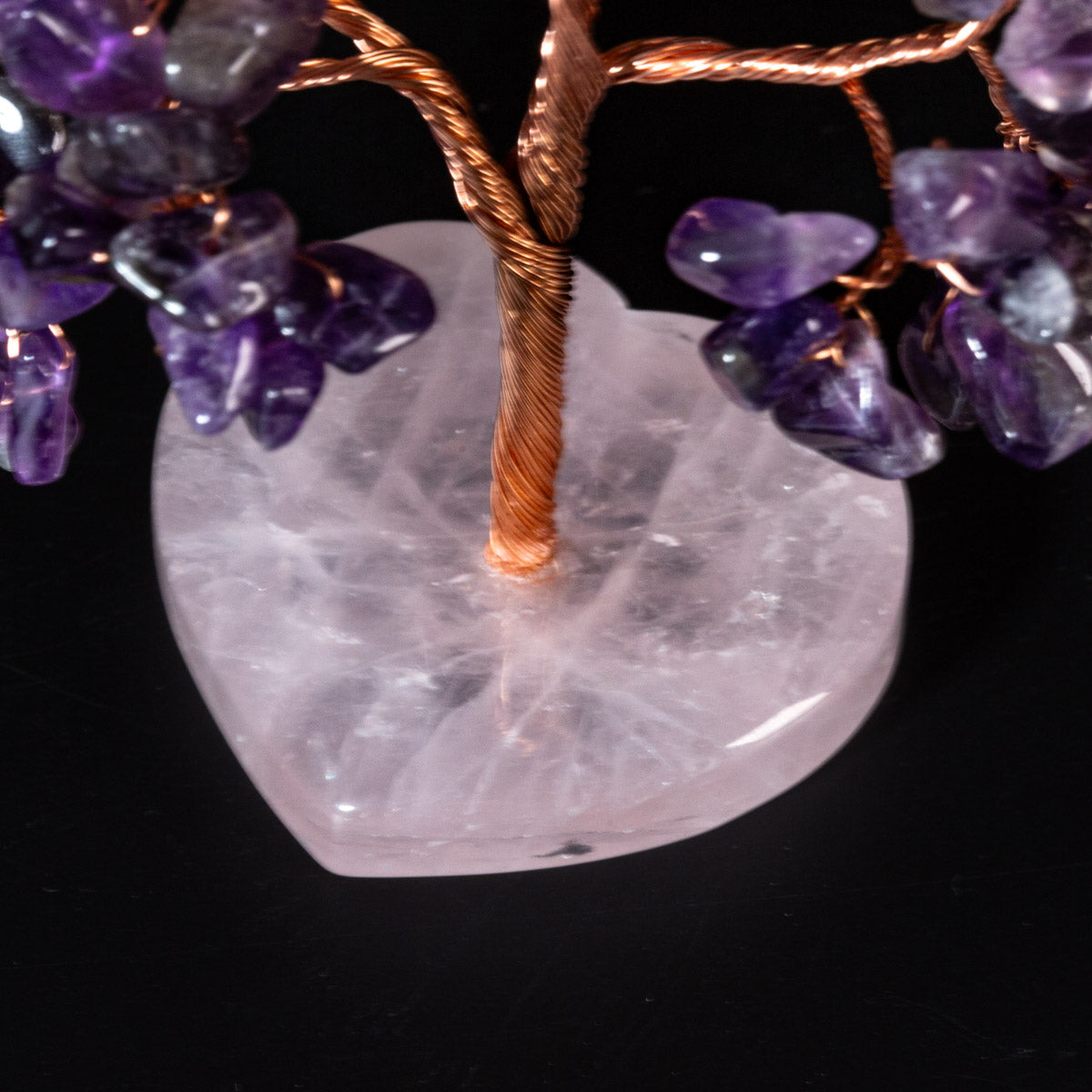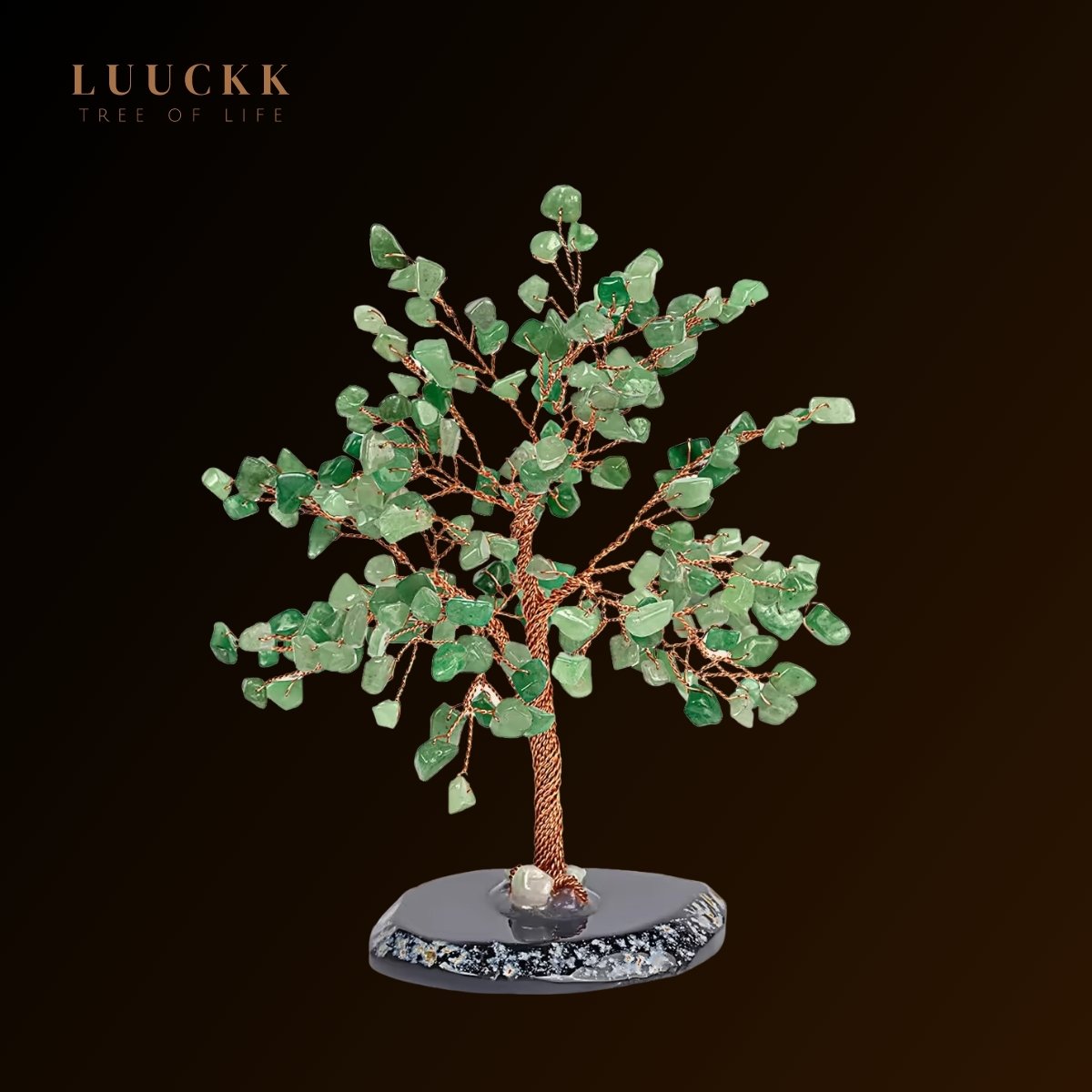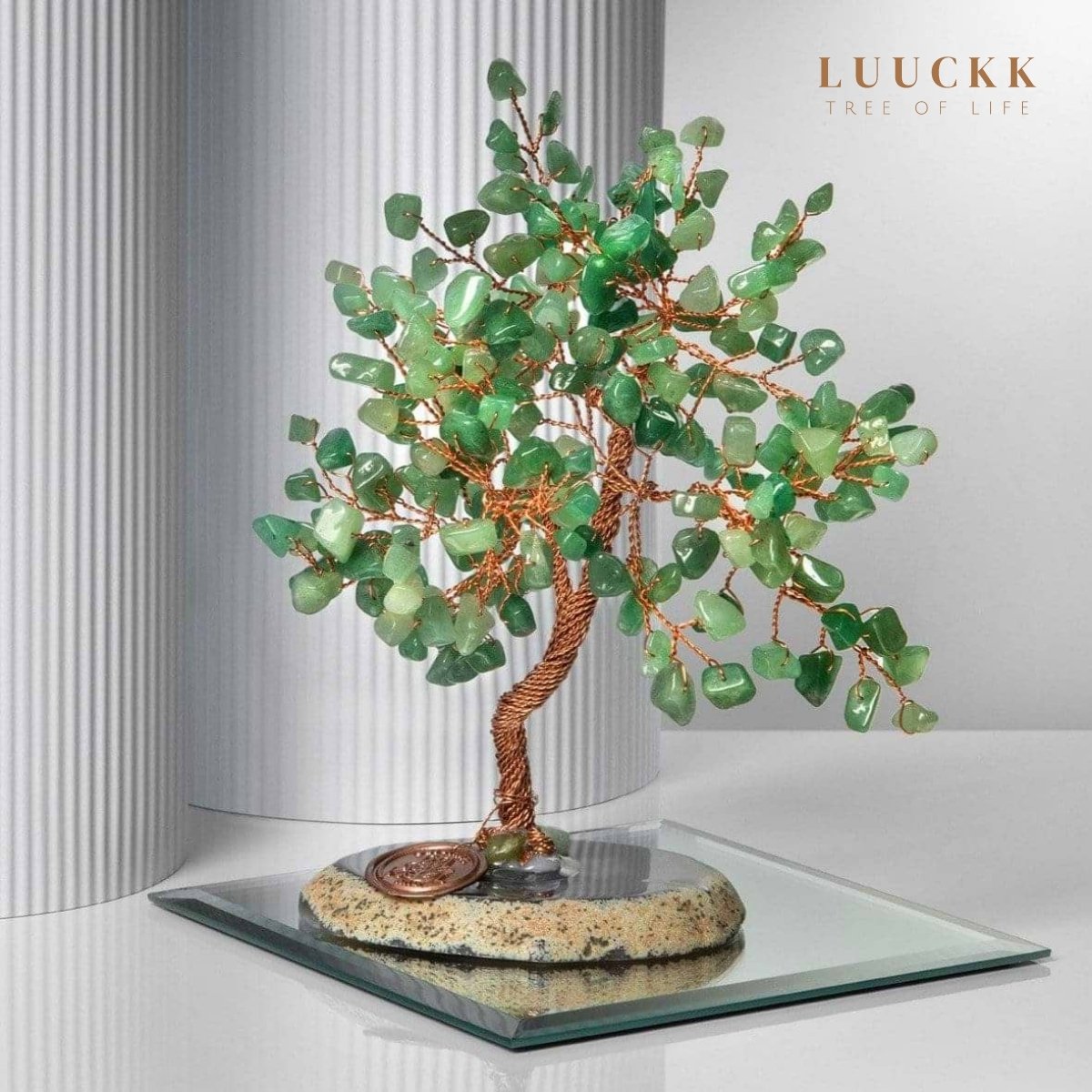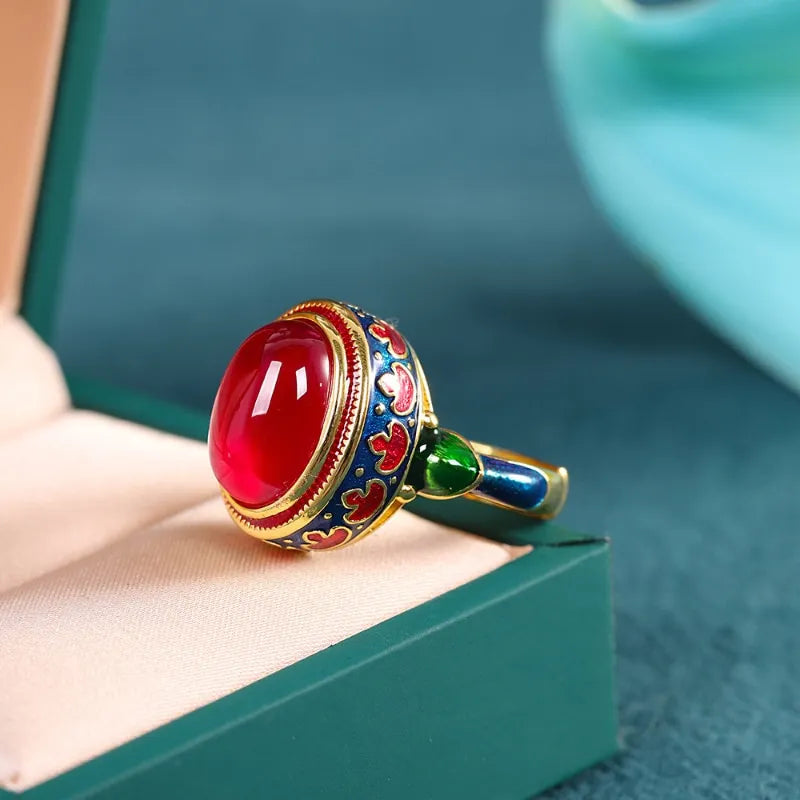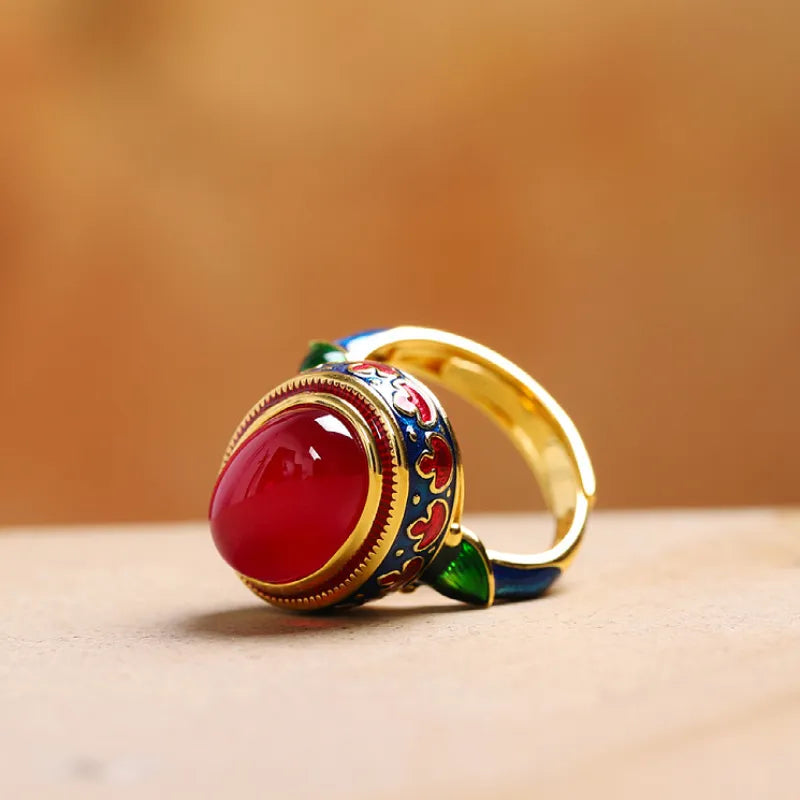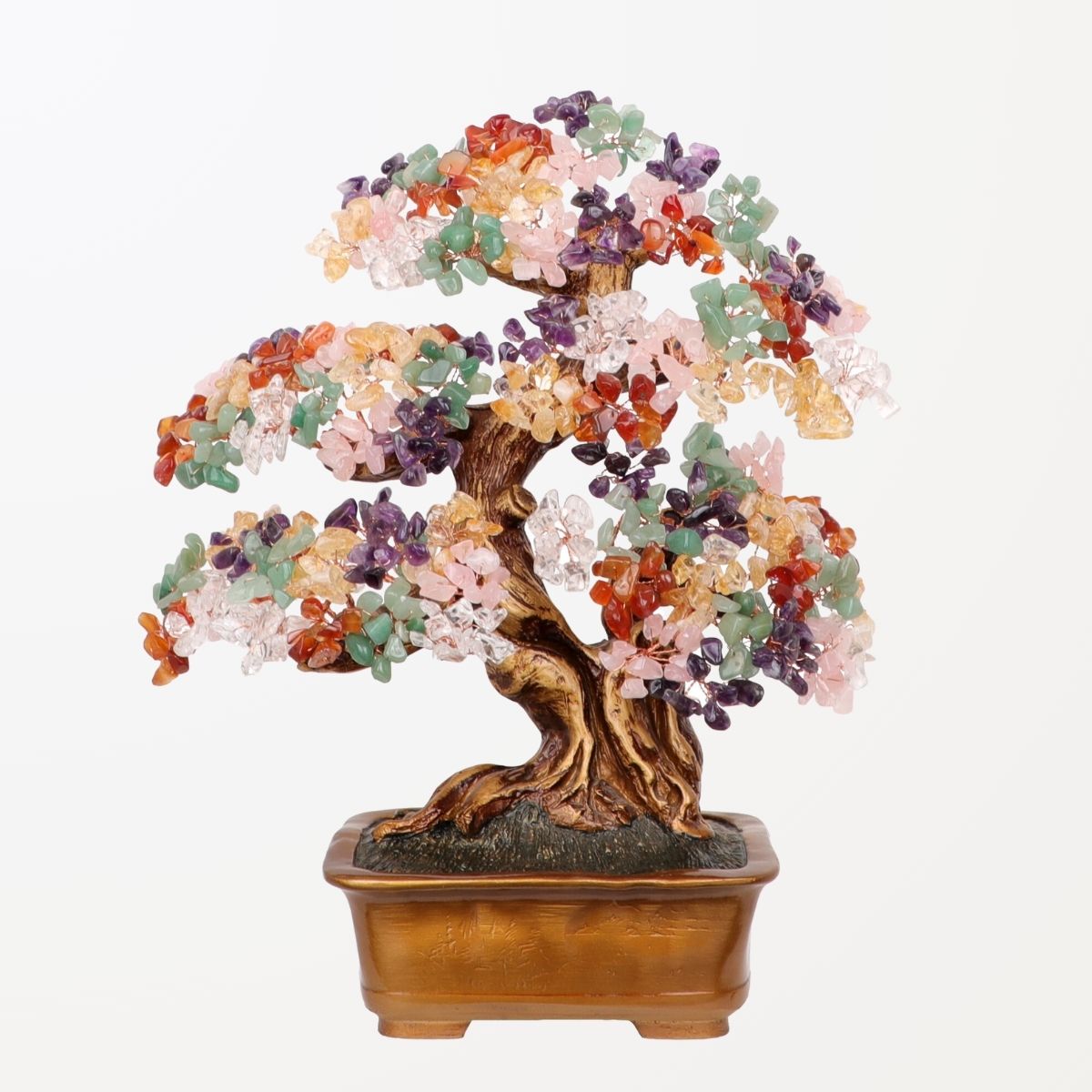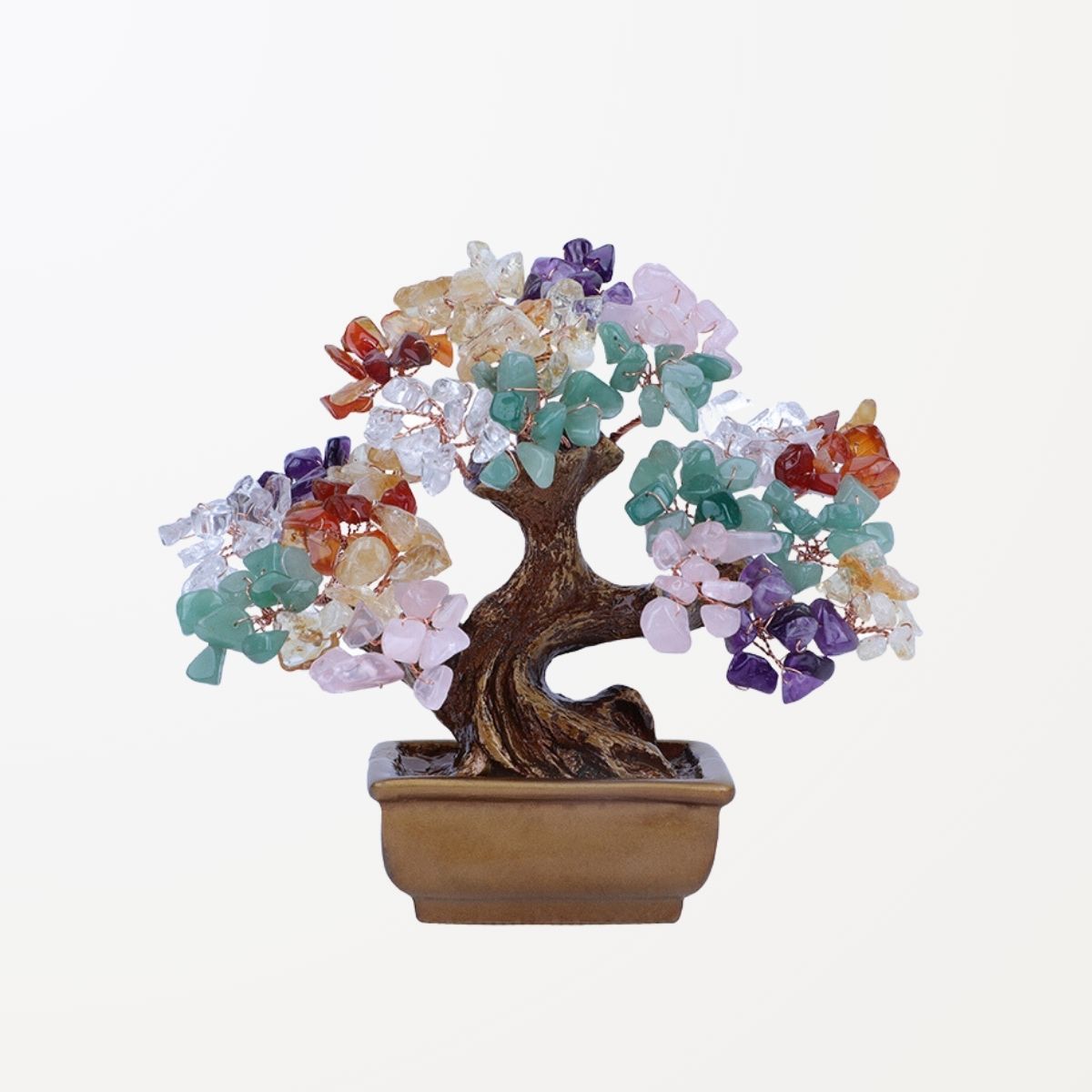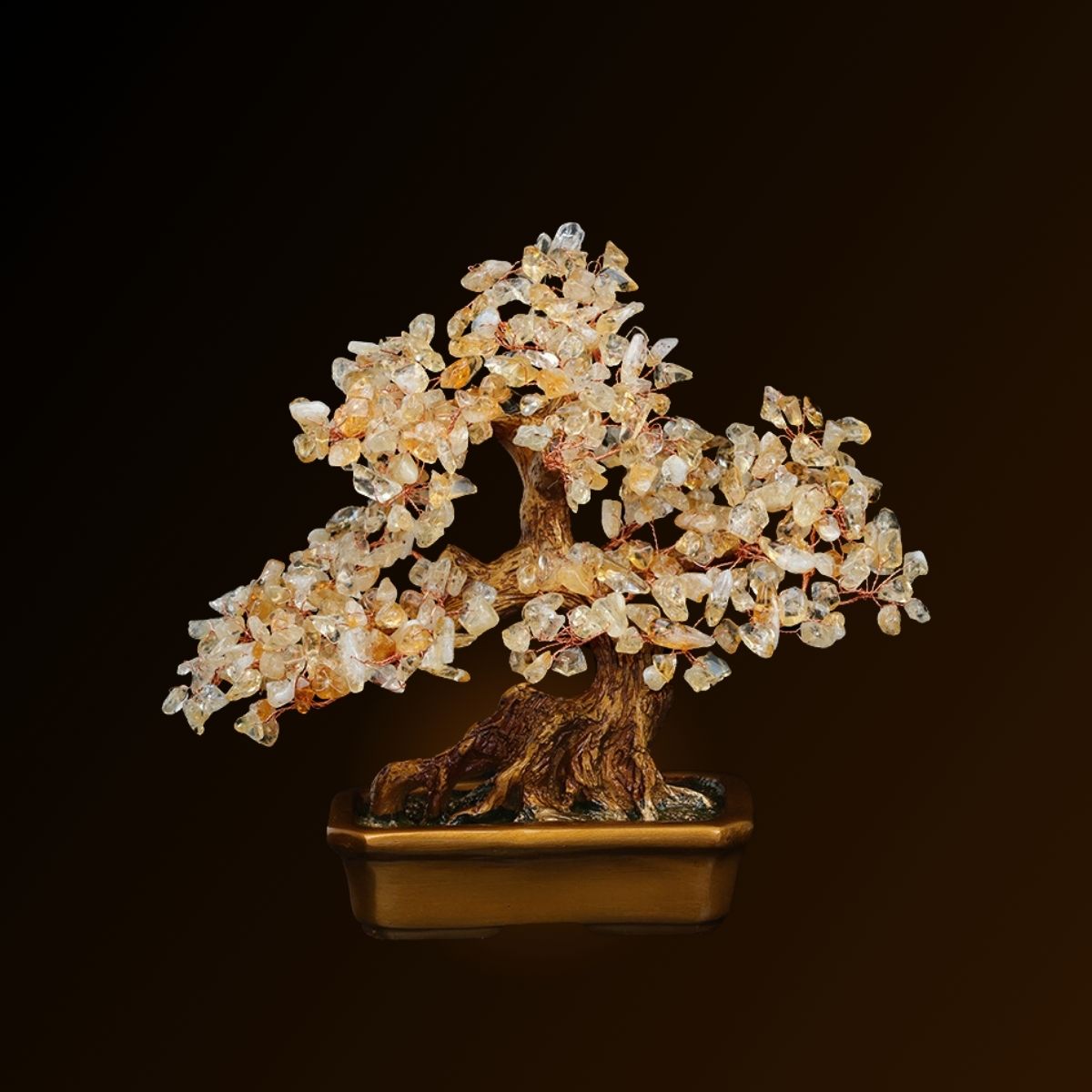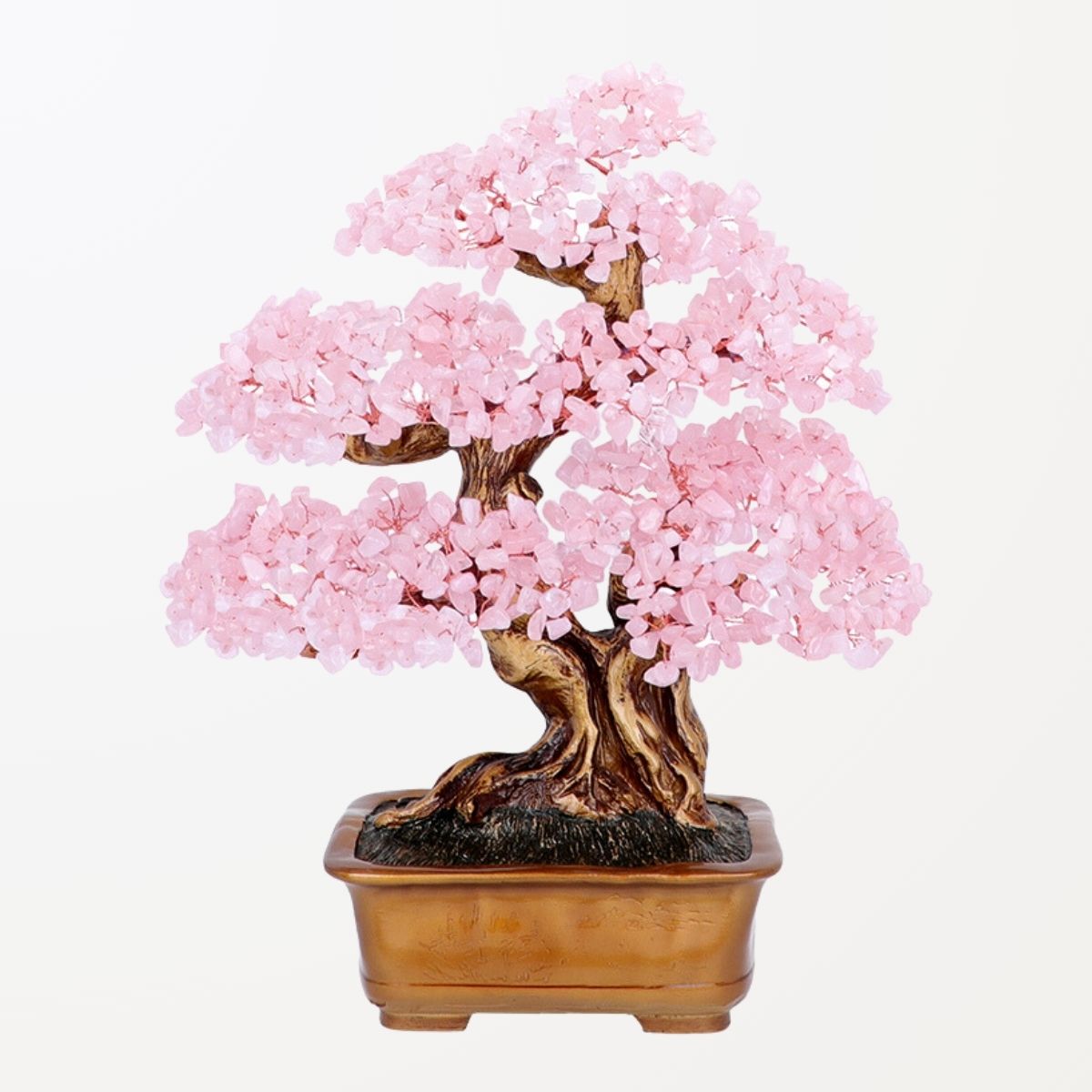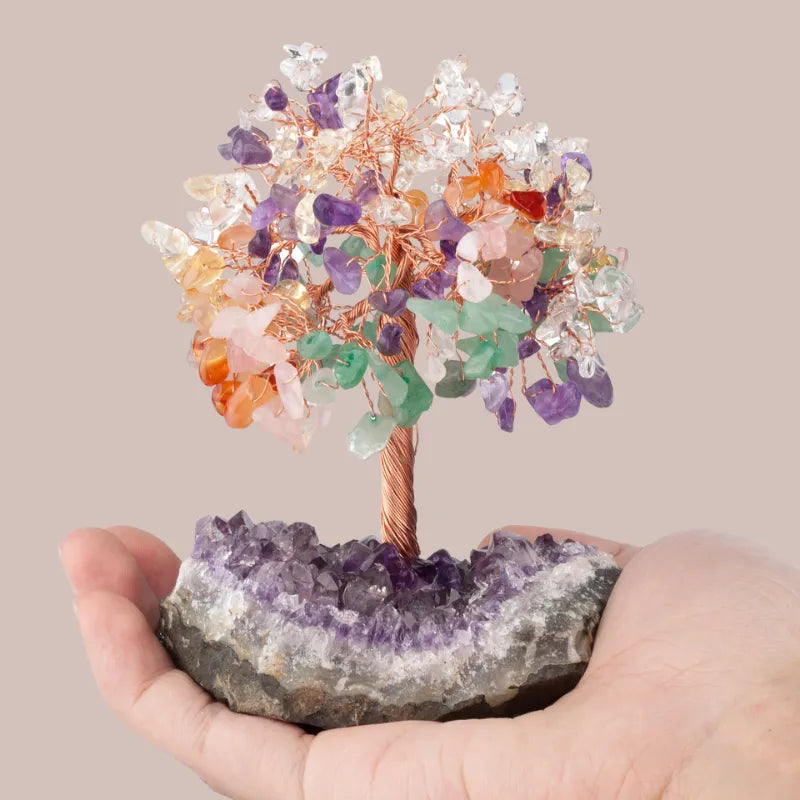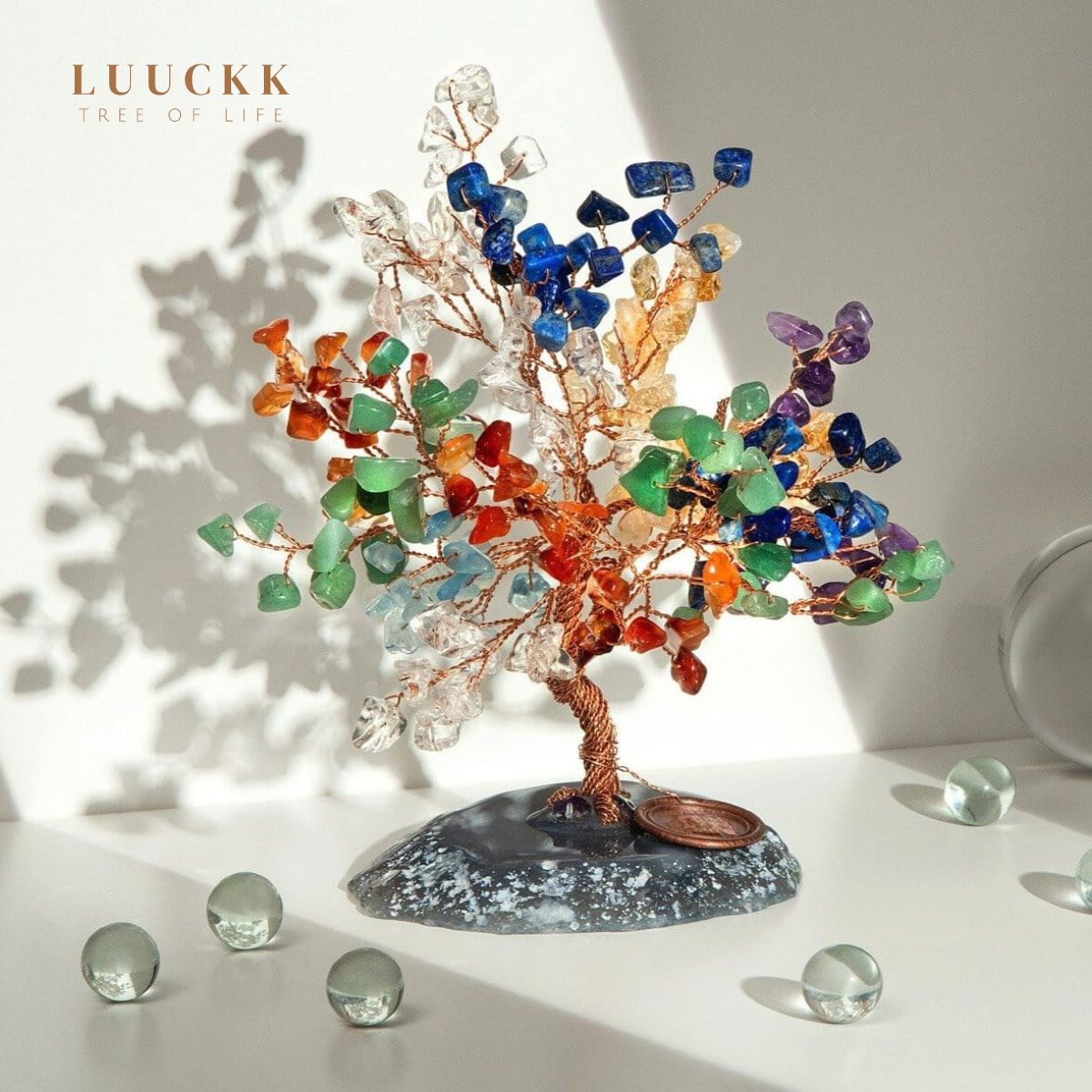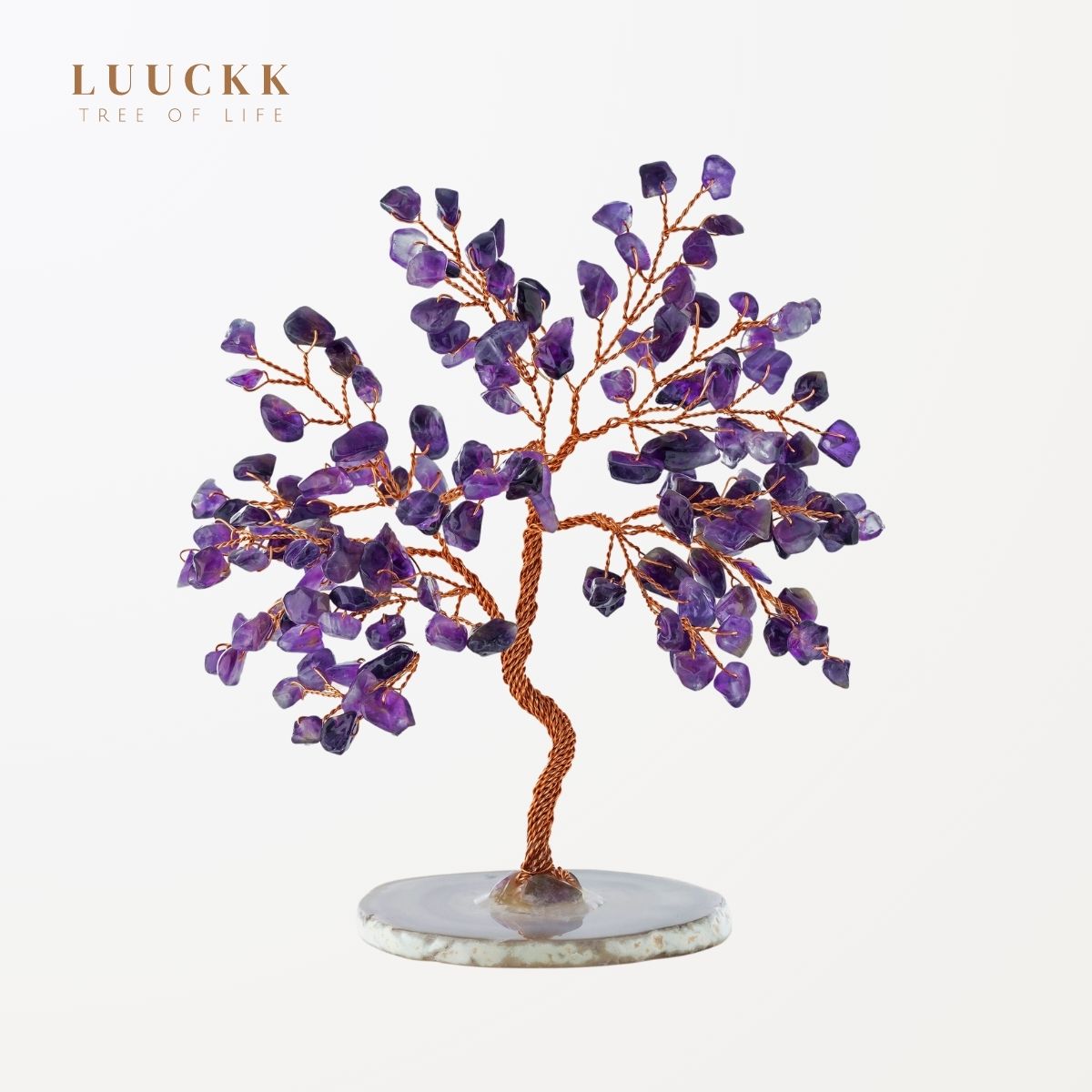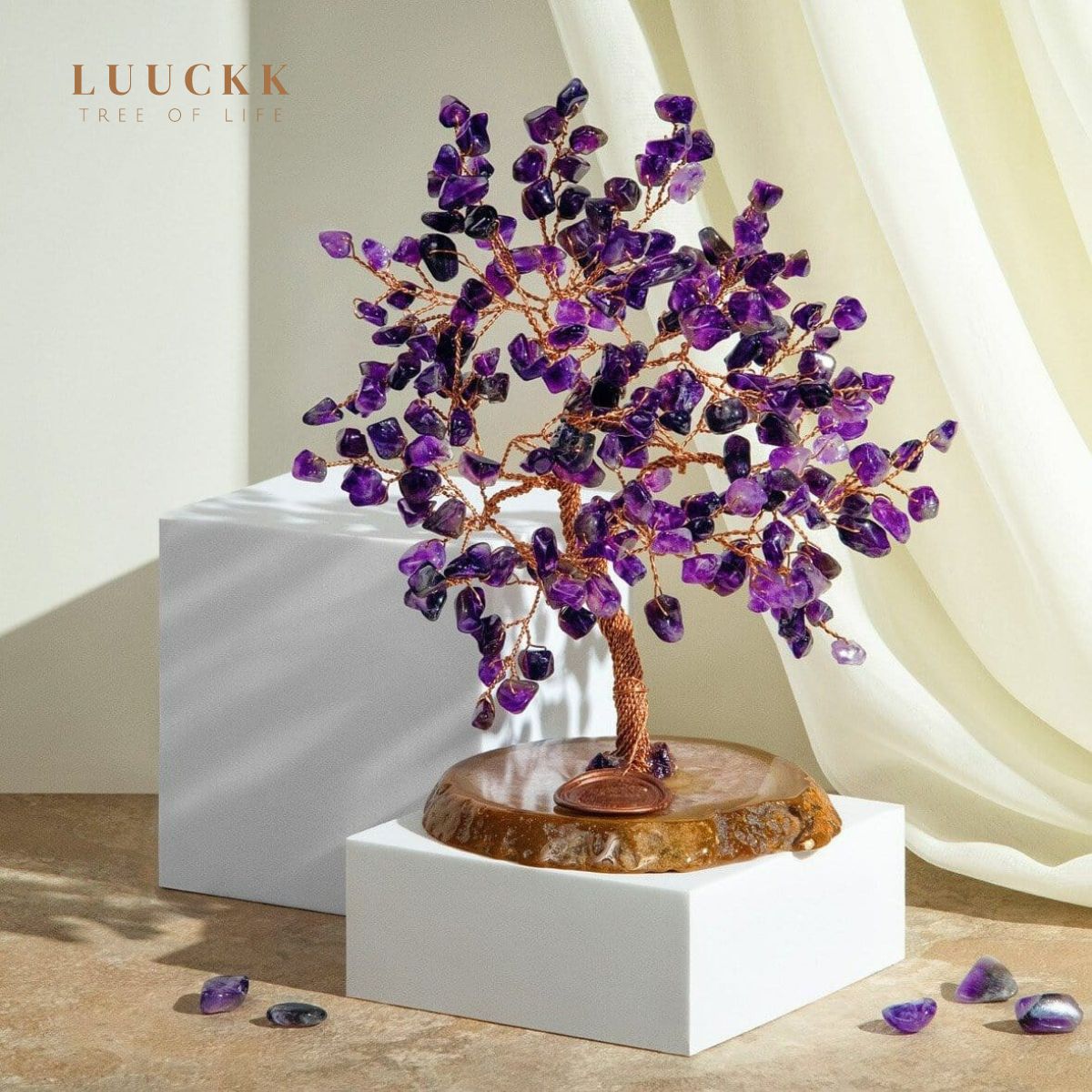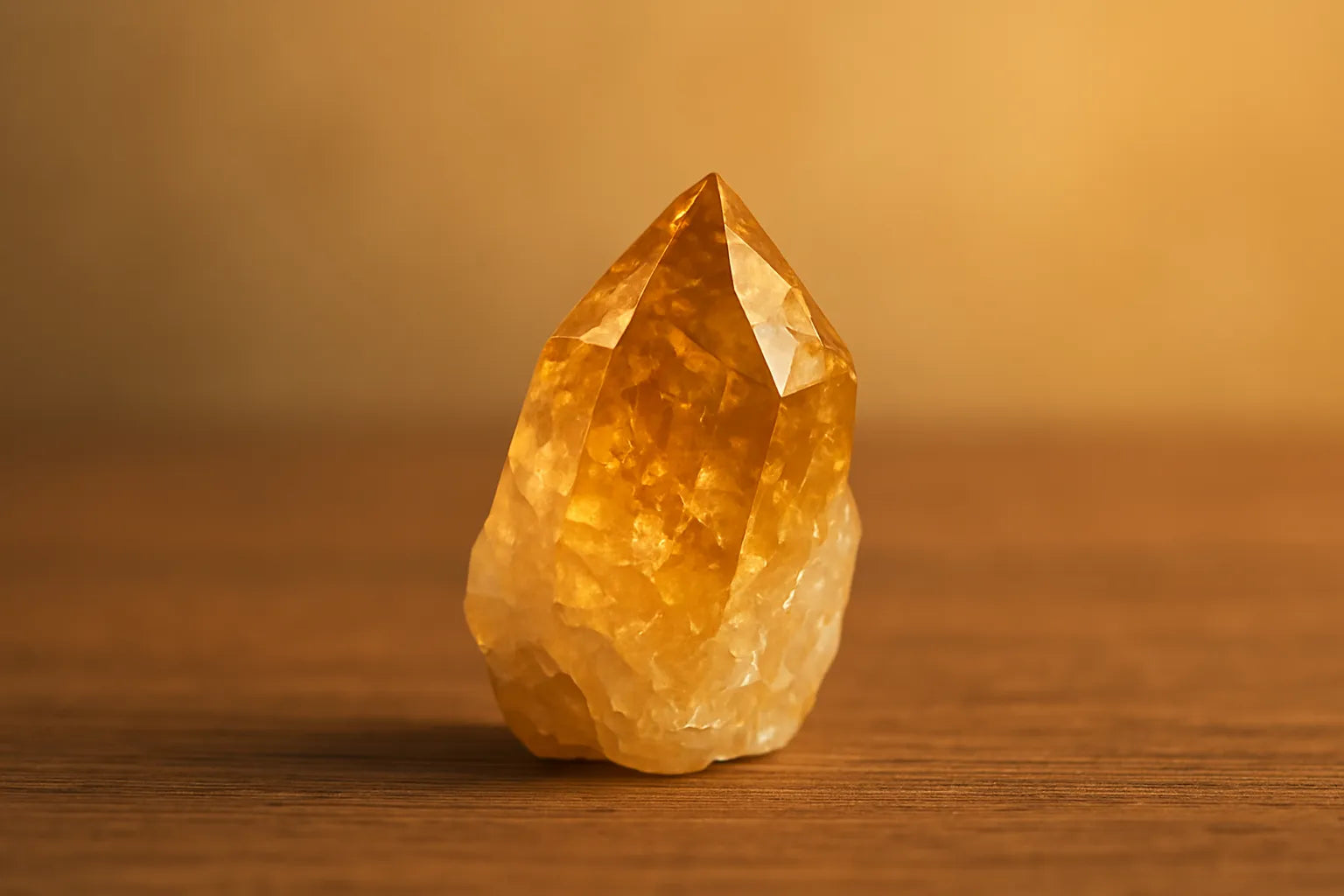
Mother’s Day: Origins, Traditions and Gift Ideas
Introduction: A universal celebration… yet so diverse
Every year in spring, one day is dedicated to the woman who brought us into the world, who raised us, comforted us, and encouraged us. Mother’s Day is now firmly fixed in the calendars of many countries around the world, particularly in Europe. Yet few people know that this celebration has very ancient roots, and that its date, its rituals, and even its meaning vary from one country to another.
Why do we celebrate Mother’s Day? Where exactly did it come from? And above all, what are the different ways of honoring it in France, Italy, Spain, Germany, or elsewhere in Europe? That’s what we’ll explore together. As a bonus, we’ll also suggest ideas for unique and symbolic gifts, perfect for this very special occasion.
The origins of Mother’s Day: an ancestral tribute
Contrary to what one might think, Mother’s Day is not a recent commercial invention. Its roots go back to Antiquity, even earlier, in pagan and religious rites.
In Antiquity: honoring mother goddesses
Among the Greeks, they celebrated Rhea, mother of the Olympian gods, during spring festivities. The Romans, for their part, paid homage to Cybele, a goddess of fertility and nature, during processions rich in music and offerings. These celebrations were directly linked to the renewal of nature, fertility, and thus motherhood in its sacred sense.
In the Middle Ages: a religious transition
During the medieval period, the figure of the Virgin Mary gradually replaced those of the pagan goddesses. The faithful honored the mother of Christ through various liturgical celebrations. We therefore observe a shift from the spiritual to the intimate, from the goddess to the human mother.
The modern revival: between politics and emotion
In the 20th century, Mother’s Day was institutionalized in many countries. In France, it was promoted after World War I to encourage higher birth rates. In the United States, it was Anna Jarvis, a pacifist activist, who advocated for a day dedicated to mothers as early as 1908. The celebration thus became both an emotional and civic event, serving to honor motherhood but also to support family values.

Mother’s Day in France, Italy, Spain, and Germany
Mother’s Day does not have the same date or traditions in different European countries. Here is an overview of the most notable customs.
In France: a late national recognition
In France, Mother’s Day was officially established in 1929 by the government, then included in the republican calendar in 1950 under the impetus of Marshal Pétain, as part of a policy aimed at increasing birth rates. It is celebrated on the last Sunday of May, unless it coincides with Pentecost, in which case it is postponed to the first Sunday of June.
Tradition has it that children prepare a homemade gift at school: a poem, a pasta necklace, a drawing. Over time, these small gestures have evolved into more personalized gifts like jewelry, flowers, or wellness items.
In Italy: “La Festa della Mamma,” between faith and tenderness
In Italy, Mother’s Day is celebrated on the second Sunday of May. It is marked by a mixture of Catholic faith and a strong sense of family warmth. The day often begins with a dedicated Mass, followed by family meals where la mamma is at the center of all attention.
Children offer handmade or artisanal gifts, and adults opt for refined presents like jewelry, decorative objects, or spa treatments. The gesture matters more than the material value, as long as it’s heartfelt.
In Spain: the family heart in the spotlight
In Spain, Mother’s Day is celebrated on the first Sunday of May. Very popular, it brings about large family gatherings, sometimes more significant than Christmas. It is not uncommon to see several generations around the same table.
Spaniards often give handwritten letters, personalized items, or jewelry with strong symbolism. Flowers, especially carnations, are also very common. The aim is to create a highly emotional moment focused on family gratitude.
In Germany: “Muttertag” in American style
Germany adopted the second Sunday of May, influenced by the United States. During World War II, Mother’s Day was used for ideological purposes, but it has since regained a more affectionate and apolitical character.
Children often prepare breakfast for their mother, give her flowers, cards, or even poems. The most appreciated gifts? Handmade items, wellness products, or natural decorations. The watchwords: simplicity and sincerity.
European traditions: a cultural kaleidoscope
Beyond these four countries, Europe is full of other traditions around Mother’s Day.
United Kingdom: “Mothering Sunday”
Celebrated on the fourth Sunday of Lent, this Christian-origin holiday dates back to the 16th century. Initially, child servants were allowed on that day to return to their “mother church” and spend time with their families. Today, the religious aspect has given way to family celebrations and gifts.
Belgium: a special case in Antwerp
In Belgium, Mother’s Day is generally celebrated on the second Sunday of May, but in the Antwerp region, a local tradition persists: mothers are honored on August 15, the day of the Assumption. A deeply rooted religious heritage.
Switzerland, the Netherlands, Scandinavia…
In Switzerland and the Netherlands, the celebration also takes place on the second Sunday of May. In Sweden, traditions often include cakes, poems, and family meals. In Norway, however, Mother’s Day is celebrated in February, a notable exception.
Why give a gift for Mother’s Day?
Offering a gift to one’s mother isn’t a commercial obligation but a deeply symbolic gesture. Often, it signifies:
-
A desire for recognition: to thank her for years of care, support, and sacrifices
-
The need to create a meaningful moment: to mark the year with a positive memory
-
The wish to bring joy to the one who has given us so much
What makes an ideal gift?
A good Mother’s Day gift should meet three criteria:
-
Personalization: It should speak to her personality.
-
Emotion: It should create a memory, not just a “wow” effect.
-
Symbolism: It should carry emotional value.
Mother’s Day gift ideas: between tradition and originality
Timeless classics
-
A bouquet of fresh flowers
-
A handwritten letter
-
A brunch or a home-cooked meal
Wellness gifts
-
A day at the spa
-
An at-home massage
-
A wellness box with essential oils, incense, candles
Symbolic gifts with natural stones
Jewelry made of natural stones or tree of life designs in stone are highly prized for their symbolic and spiritual value. Here are a few ideas:
-
A bracelet made of rose quartz, symbolizing unconditional love
-
A pendant made of amethyst for serenity and protection
-
A tree of life in natural stone to represent family roots and growth
These items combine beauty, positive energy, and personal meaning. They are true gifts from the heart.

Conclusion: One celebration, a thousand ways to say “thank you, Mom”
Whether you live in France, Italy, Spain, or Germany, Mother’s Day is a unique opportunity to say thank you to the woman who has always been there. While traditions vary, the emotion is universal.
So this year, why not opt for a gift that truly touches the heart, beyond the material? Offering a natural stone, a handmade piece of jewelry, or a tree of life is offering a symbol, a lasting message.
And you, what will be your ideal gift this year?
Discover our selection of symbolic jewelry and objects in our online store and create an unforgettable memory for the one who gave you everything.
See also our articles:
- 10 Mother’s Day gift ideas inspired by lithotherapy
- The perfect natural stone for Mother’s Day
- Mother’s Day: give a symbolic and magical tree of life
FAQ – Everything you need to know about Mother’s Day
1. What is the origin of Mother’s Day?
Mother’s Day has its origins in Antiquity, with celebrations dedicated to mother goddesses like Rhea or Cybele. It later evolved into a religious holiday in the Middle Ages, before becoming a secular, family-oriented celebration in the 20th century.
2. Why isn’t Mother’s Day celebrated on the same date everywhere?
Each country has adopted a date according to its history, culture, or religious traditions. For example, France celebrates it at the end of May, while Spain marks it on the first Sunday of May.
3. What is the date of Mother’s Day in France this year?
In 2025, Mother’s Day in France will be celebrated on May 25, unless it coincides with Pentecost.
4. What is the date of Mother’s Day in Italy, Spain, and Germany?
- Italy: May 11, 2025 (2nd Sunday of May)
- Spain: May 4, 2025 (1st Sunday of May)
- Germany: May 11, 2025 (2nd Sunday of May)
5. What are the most commonly given gifts for Mother’s Day?
The most popular gifts are flowers, jewelry, wellness products, personalized items, and handwritten letters.
6. What is the ideal gift for Mother’s Day?
An ideal gift is symbolic, personal, and filled with emotion: for example, a piece of jewelry made from natural stones, a tree of life, or a handmade creation.
7. Is Mother’s Day just a commercial tradition?
Even if it is sometimes associated with commerce, its origins are much deeper. It’s primarily an opportunity to show gratitude to one’s mother.
8. Can I give something other than a material gift?
Yes, sharing a moment together, preparing a lovingly cooked meal, or writing a simple letter can be just as valuable, if not more so, than a physical object.
9. Are there natural stones associated with motherhood?
Yes. Rose quartz symbolizes unconditional love, moonstone stands for femininity and protection, and amethyst soothes and strengthens the emotional bond.
10. Where can I find an original and symbolic Mother’s Day gift?
In our online store, you’ll find natural stone jewelry and tree of life items designed to celebrate moms with heart and meaning.
Suggested Products
Best products
